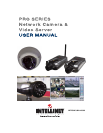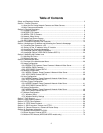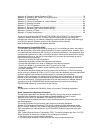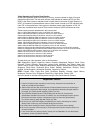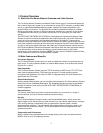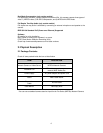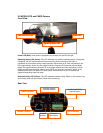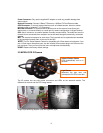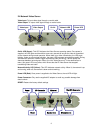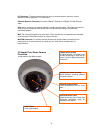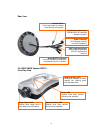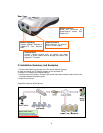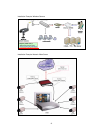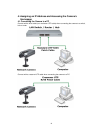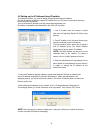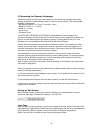3
Appendix A: Frequently Asked Questions (FAQ)....................................................................... 74
Appendix B: Accessing the Camera via HyperTerminal…………………................................. 79
Appendix C: Troubleshooting..................................................................................................... 81
Appendix D: Utilizing IP addresses on a Local Network………….............................................. 83
Appendix E: Updating Firmware................................................................................................. 85
Appendix F: The I/O Connector ................................................................................................. 86
Appendix G: Dynamic Domain Name System (DDNS).............................................................. 87
Appendix H: Reinstating the Factory Default Settings................................................................ 92
Appendix I: Glossary of Terms ................................................................................................. 93
Appendix J: Product Specifications…………………………........................................................ 95
Thank you for purchasing this INTELLINET NETWORK SOLUTIONS™ Pro Series Network
Camera or Network Video Server. This user manual includes instructions for using and
managing the camera on your network. Networking experience will be helpful when setting up
and using this product. Updated versions of this document will be posted to
www.networkipcamera.com as they become available.
Electromagnetic Compatibility (EMC)
This equipment generates radio frequency energy and, if not installed and used in accordance
with the instructions, may cause harmful interference to radio communications. However, there
is no guarantee that interference will not occur in a particular installation. If this equipment does
cause harmful interference to radio or television reception, which can be determined by turning
the equipment off and on, the user is encouraged to try to correct the interference by one or
more of the following measures:
- Re-orient or relocate the receiving antenna.
- Increase the separation between the equipment and receiver.
- Connect the equipment to an outlet on a different circuit than the receiver.
- Consult your dealer or an experienced radio/TV technician for help.
- Check that shielded (STP) network cables are being used with this unit to ensure compliance
with EMC standards.
This equipment has been tested and found to comply with the limits for a Class B computing
device pursuant to Subpart B of Part 15 of FCC rules, which are designed to provide reasonable
protection against such interference when operated in a commercial environment.
Operation of this equipment in a residential area is likely to cause interference, in which case
the user, at his own expense, will be required to take whatever measures may be required to
correct the interference. This digital equipment fulfills the requirements for radiated emission
according to limit B of EN55022/1998, and the requirements for immunity according to
EN55024/1998 residential, commercial and light industry.
Safety
This equipment complies with EN 60950, Safety of Information Technology equipment.
Radio Transmission Regulatory Information
This equipment generates and radiates radio frequency energy, and must be installed and
operated while maintaining a minimum body-to-camera distance of 3 feet (1 meter).
Tested to comply with FCC Standards FOR HOME OR OFFICE USE.
This product must be installed and used in strict accordance with the instructions given in the
user documentation.
This product complies with the following radio frequency and safety standards:
Europe - EU Declaration of Conformity. This device complies with the requirements of the
R&TTE Directive 1999/5/EC with essential test suites as per standards EN 301489: General
EMC requirements for radio equipment; and ETS 300328: Technical requirements for radio
equipment.
USA - Federal Communications Commission (FCC): This device complies with Part 15 of FCC
Rules. Operation of the device is subject to the following two conditions:
1. This device may not cause harmful interference.
2. This device must accept any interference that may cause undesired operation.



